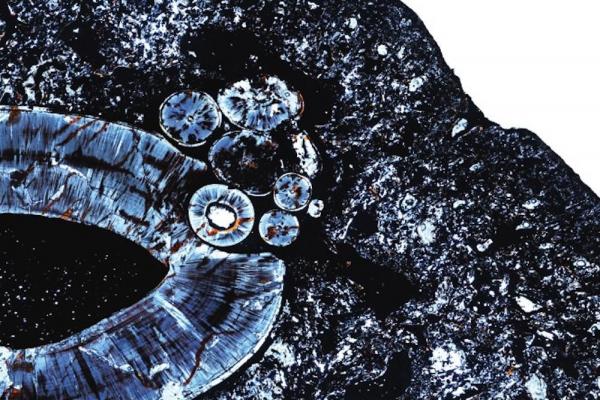
SEATTLE, Dec. 8 (UPI) — Researchers from the University of Washington have discovered the earliest evidence of a compound odontoma, a benign tumor made up of tiny tooth-like structures typically found growing in the gums.
Odontoma — which are painful and typically surgically removed from the mouths of humans. — are well known among mammals. Until now, however, the earliest evidence of the benign tumor came from ice age fossils.
The newest odontoma evidence was discovered in the 255 million-year-old lower jaw fossil of a gorgonopsid, a mammal predecessor. Scientists recalled the discovery in a new paper, published this week in the Journal of the American Medical Association Oncology.
“Until now, the earliest known occurrence of this tumor was about one million years ago, in fossil mammals,” Judy Skog, program director in the National Science Foundation’s Division of Earth Sciences, said in a news release. “The discovery suggests that the suspected cause of an odontoma isn’t tied solely to traits in modern species, as had been thought.”
Gorgonopsians fit beneath the umbrella of a larger group of animals called synapsids. Today, the only living synapsids are mammals.
“To understand when and how our mammalian features evolved, we have to study fossils of synapsids like the gorgonopsians,” explained Megan Whitney, lead author and UW biology graduate student.
Synapsids are sometimes called reptile-mammals, as they posses features unique to both animal groups. Whitney and fellow graduate student Larry Mose were trying to study the similarities among the teeth of gorgonopsians, reptiles and mammals when they discovered the toothy mass.
“At first we didn’t know what to make of it,” said Whitney. “But after some investigation we realized this gorgonopsian had what looks like a textbook compound odontoma.”





